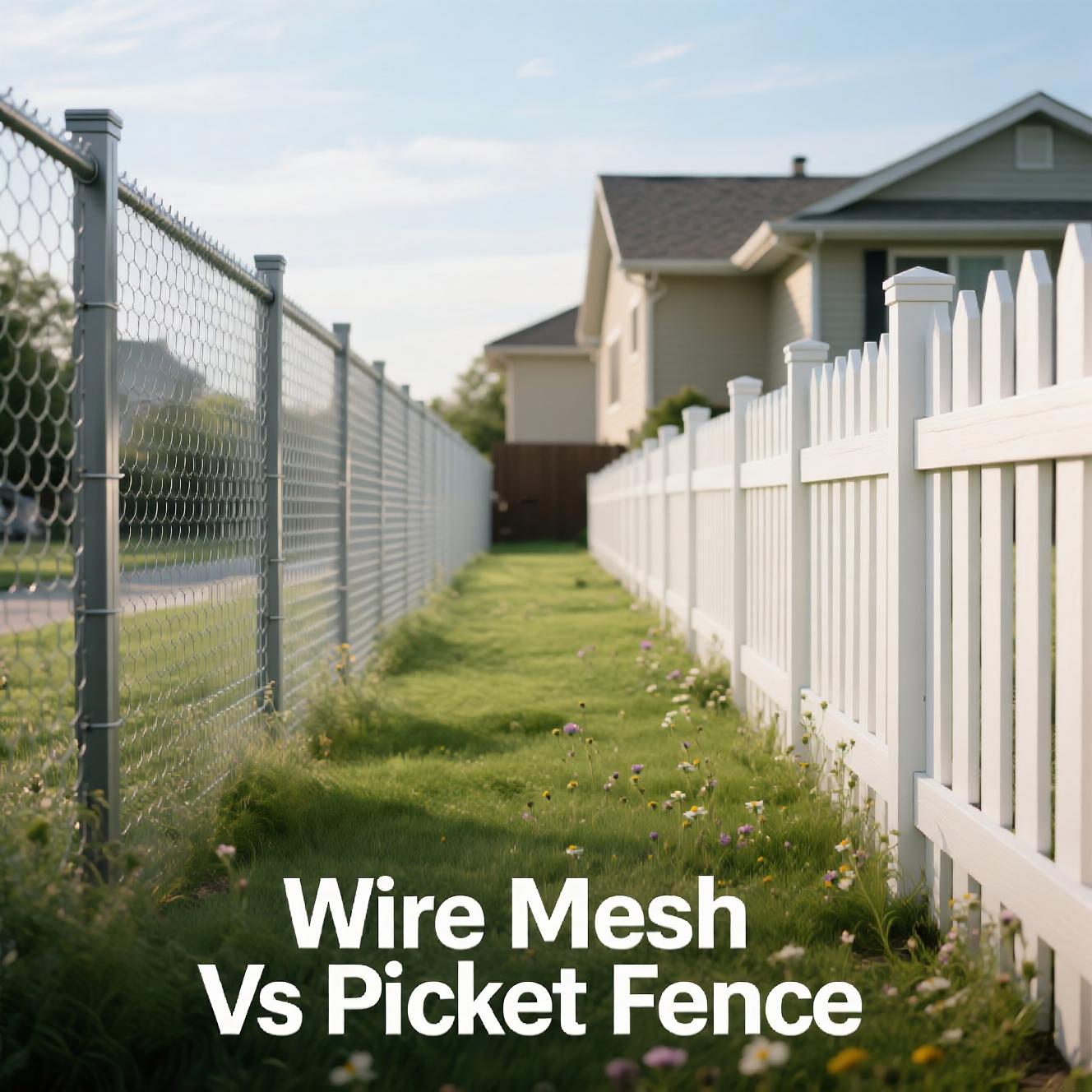What is the expected lifespan of chain link versus wood fencing?
When selecting a fence material, the expected service life is a critical consideration for long-term value. Chain link fences are known for their exceptional durability and longevity, often outlasting traditional wood fencing significantly.
Chain link fences can reliably last for several decades, with many installations exceeding 50 years. Wood fences, while aesthetically pleasing, have a more limited lifespan, typically ranging from 20 to 30 years, requiring more frequent maintenance or replacement.
| Fence Material | Projected Service Life (Years) |
|---|---|
| Chain Link | 50+ |
| Wood | 20 – 30 |
How does the installation cost compare between chain link and wood fences?
The initial investment for fencing is a primary driver for many homeowners. Chain link fences generally offer a more budget-friendly option compared to wood fences, both in terms of material costs and installation labor.
Chain link fence installation typically costs between $5 and $20 per linear foot. Wood fences, however, have a higher installation cost, ranging from $20 to $50 per linear foot, reflecting the premium materials and more involved labor.
| Fence Material | Installed Cost ($/linear ft) |
|---|---|
| Chain Link | $5 – $20 |
| Wood | $20 – $50 |
What are the annual maintenance costs and requirements for a wood fence?
Maintaining a wood fence requires ongoing attention and investment to preserve its appearance and structural integrity. This upkeep is essential to prevent issues like rot and weathering, ensuring the fence lasts its expected lifespan.
The annual cost for maintaining a wood fence can range from $50 to $150, primarily for materials like stain, paint, and sealants. This maintenance is typically needed every 1 to 3 years.
How resistant are metal fences to common environmental factors like pests and moisture?
When evaluating fencing materials for durability, resistance to environmental threats is paramount. Metal fences, particularly chain link, exhibit superior resilience against elements that can degrade organic materials like wood.
Chain link fencing is inherently resistant to rot and insect infestation. These metal fences also withstand various weather conditions effectively, contributing to their long service life with minimal degradation.
What are the benefits of using metal posts for fence installation?
The choice of fence posts significantly impacts both the installation process and the long-term stability of a fence. Metal posts, such as T posts, offer distinct advantages over traditional wooden posts in terms of ease of installation and durability.
Metal posts are easier and quicker to install, often being driven directly into the ground, which can reduce labor time. They also resist common issues associated with wood posts, like rotting, warping, and insect damage, and are often lighter and more cost-effective than their wooden counterparts.

Angelina Everly leads the editorial desk at Live Green Gardens, blending practical plant care, hands-on product testing, and approachable outdoor styling. She focuses on step-by-step how-tos, buyer’s guides, and small-space makeovers that work in real life and real budgets. When she’s not comparing pruning shears or setting up a drip kit, you’ll find her creating cozy corners with planters, solar lights, and pollinator-friendly picks—always with clear pros/cons and safety notes so you can buy once and garden happy.

